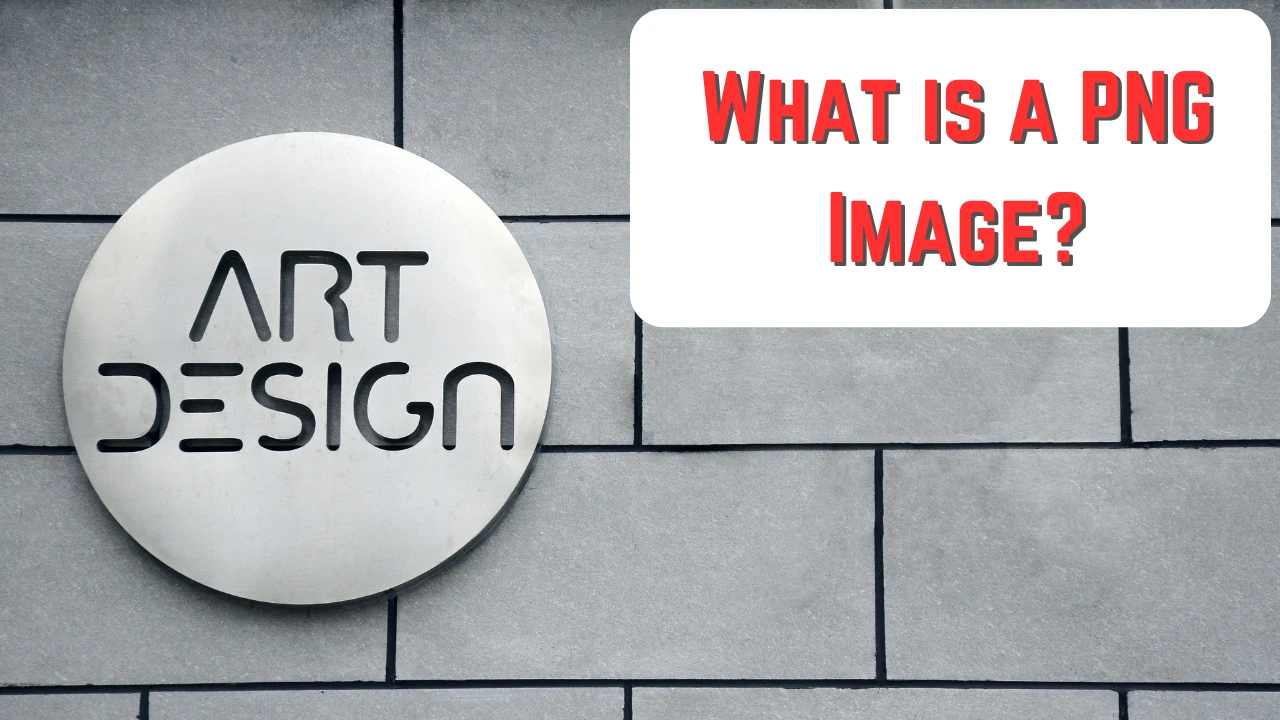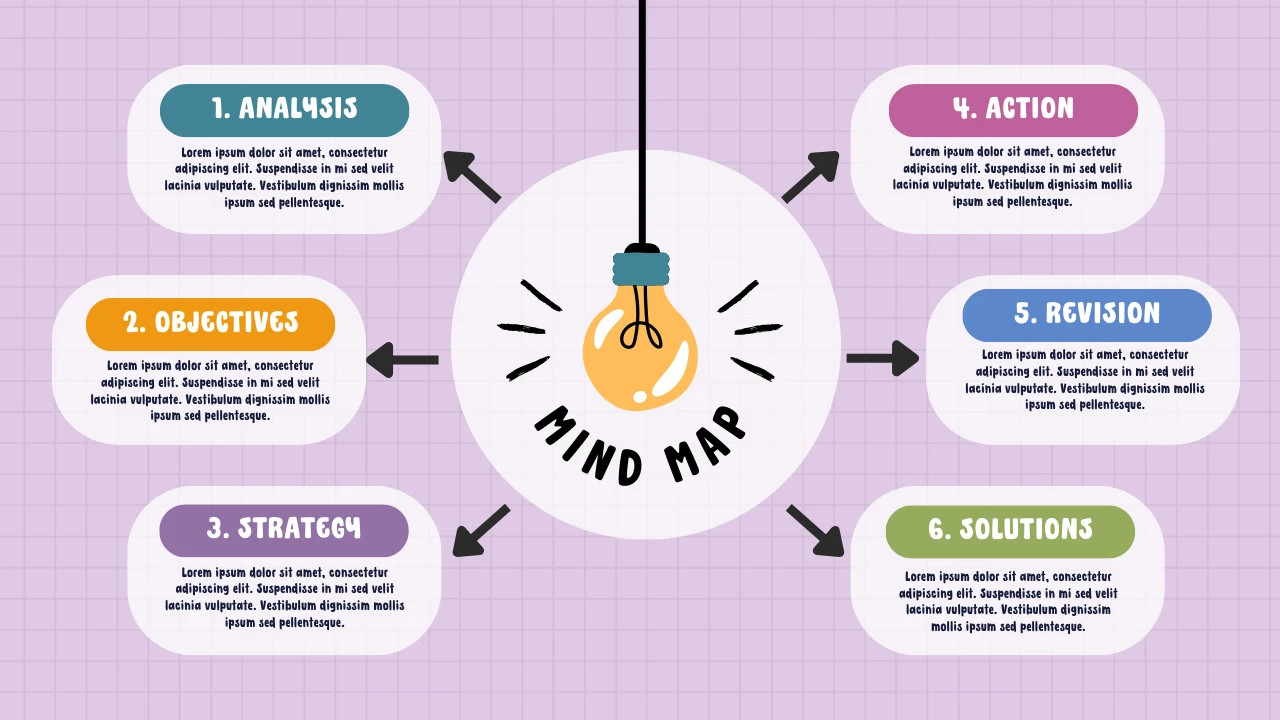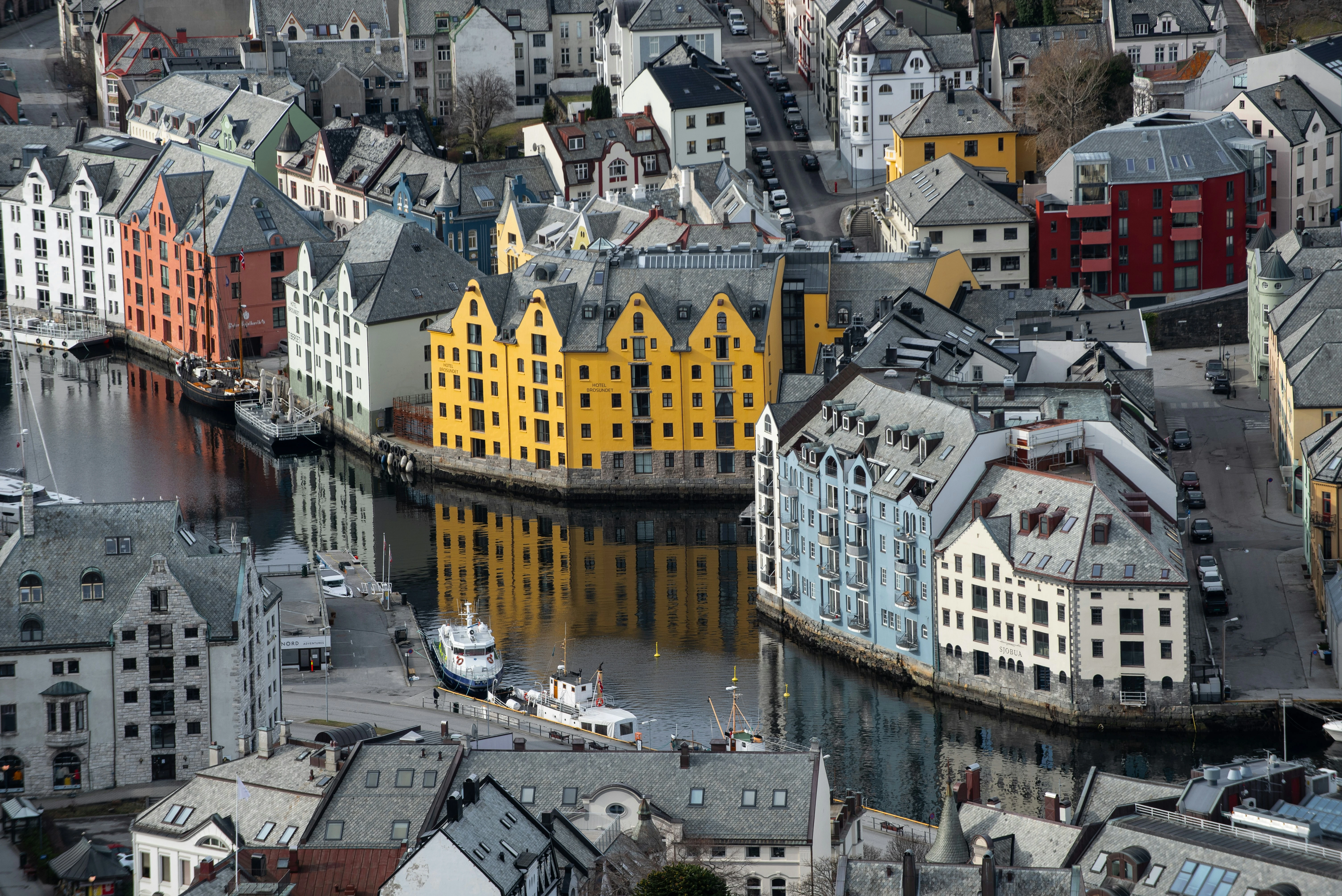What is a PNG Image?
by  Lina Thorne • Updated · Posted in Photography
Lina Thorne • Updated · Posted in Photography
Portable Network Graphics or abbreviated as PNG is a raster graphics file format. At the moment, it’s probably a second popular format for images shared on the Internet; and not without a reason. However, PNG tends to be especially wide-spread among web-designers and people who do a lot of graphics work.
PNG can handle sharp edges and lines of varied thickness, text and solid colors rather excellently. But its key advantage is that it utilizes lossless compression. This type of compression allows you to compress images without any loss of information. Thus, the original image quality will be maintained. More to that, if you compress a PNG image, thanks to lossless compression, you’ll be able to restore it back to the original without any issues. The image quality won’t change even if you have to edit and save your PNG image multiple times. The same cannot be said for compressing JPG format, for instance.

If you need a part of your image to be transparent or semi-transparent, you should save it in PNG because it supports different levels of transparency. In fact, PNG images can have areas that are partially or fully transparent. This is another reason why it’s so commonly used for web-design.
Here’s an interesting fact for you! There are several variants that this format has – APNG, PNG-8 and PNG-24. The latter one can support 16 million colors!
PNG has been around for quite a while. You can open a PNG file in any of the popular web browsers. All image viewers, image editors and software for graphics design support PNG. You can edit your PNGs in Microsoft Paint or Adobe Photoshop, etc. It doesn’t matter what device you use, either. You’ll be able to open a PNG image on an iPhone or a Windows computer. You won’t have to install any special software or plugins to open and view PNGs. This gives you the opportunity to share PNG images easily. If someone sends you a PNG file or you download a PNG image, simply doble-click or tap on it and it will open.
On top of that, PNG is an open file format. It means that you won’t have to worry about any patent restrictions. Because, well, there is no patent. You don’t need to get permission to make any changes to files in this format. This is another great benefit of PNG.
So far, PNG sounds great, doesn’t it? Well, lossless compression and transparency support come at a cost – PNG images tend to have a relatively large file size. It’s not as big as any RAW image format. But it is bigger than the average file size of a JPG. Some might consider it a drawback.
What Can PNG Be Used For?
All the advantages of PNG make it quite a versatile format. Let’s see what it’s most commonly used for:
Logos
Thanks to its support of transparency, PNG is a great choice for logos and icons because in most cases some parts of them – mainly the background – need to be transparent. Logos with transparent backgrounds are much more useful. If your logo has a transparent background, you will be able to overlay it on top of other images easily and seamlessly. For example, if you want to change the color of your website’s background, you won’t have to change the background of your logo as well; because your logo’s background is transparent, and people will be able to see right through it. Additionally, if your logo has a transparent background, you will be able to watermark images with it, too. After all, your logo will fit into a photo much better if it doesn’t have a white or black background, right?

Detailed Graphics
PNG can handle a lot of different colors and display sharp lines and hard edges excellently. Lossless compression and high image quality make this format a perfect choice for various types of charts and other detailed graphics. If you want all the text and numbers to be clearly seen and easily readable, if you don’t want any vital information to get lost, PNG should be the format of your choice.

Frequent Editing
Naturally, you can use both PNG and JPG for editing. However, if you know that you will need to edit one and the same image multiple times – in other words, edit it repeatedly – you should go for PNG. Yes, this is because it uses lossless compression. Since JPG is a lossy format, some information is lost every time you edit one and the same file. Because of this, your image might degrade in quality if you keep editing it repeatedly. The same won’t happen with a PNG file.

Web Design
The majority of images on the Internet are in JPG format. But a good portion of them are in PNG. Various elements of web design, graphics, text-heavy images – these are only a few kinds of images that you can see on the web and that tend to be in PNG. However, there are two things that you need to keep in mind. First, PNG isn’t the best choice for photos. So, ideally, you should use a mix of PNGs and JPGs on your website.
Second, PNG images tend to have a larger file size. And that’s not ideal for a website. Remember, the larger the file size, the longer it will take for the images to load on a webpage. Thus, it might be a good idea to compress PNG files before posting them on your website. Thanks to lossless compression, the image quality will remain amazing, but the file size will be decreased significantly. And that’s exactly what you need for a website.

Digital Marketing
If you need a banner for a website or infographics to post on your business account on social media, PNG is perfect for either of these purposes. A good portion of advertising materials tend to be in the PNG format. A brand logo is great for creating brand image and a fabulous tool for advertising. And as it was mentioned, logos tend to be in PNG.
When it comes to infographics or charts that you post on social media, it might be a good idea to watermark PNG files before using them online. Watermarking is a technique that’s commonly used for protecting images from being stolen and showing everyone that you’re the author. But a watermark can also be an amazing advertising tool. The more people see your brand name or logo, the better they will remember it. And that’s exactly what you need.

What PNG isn’t Good For?
Some claim that due to their high quality, PNG images can be a good choice for printing. After all, if you use digital images of high quality, their printed versions won’t look distorted, unclear and unsharp. But unfortunately, PNG was never intended to be used for printing. You see, this raster format was designed for the web. Displays and screens are RGB. For this reason, PNG doesn’t support CMYK colors. And you need CMYK colors if you want your printed images to look good.
Naturally, this is true for more complex images with a lot of color transitions and fine details. If you want to print a PNG image that contains a lot of text – for instance, if you have a leaflet that consists of text and maybe a couple of graphic elements – then you won’t have any issues. But if you want to print a photo and you’re wondering whether PNG is a good choice, it’s not.
In addition to this, you shouldn’t save your photography works in PNG. Not even if you’re not planning on printing them. Photos tend to have a whole lot of various colors, gradients and color transitions as well as fine details – all of them aren’t handled well by PNG. This is why the vast majority of photographers save their photos in JPEG.
Finally, there’s another thing that you need to know. It is possible for a PNG file to store metadata – keywords, copyright details and some other information. You can add metadata to your PNG images, which will provide more protection to them. However, PNG doesn’t support EXIF. This is the information about when and where a photo was taken, what camera settings were used. For this reason, no digital cameras have the option to save images in PNG. In camera, you can either shoot in RAW or JPEG.
About Converting
There are reasons why you might want to convert to PNG as well as convert PNG to a different format.
Why you Might Need to Convert PNG to JPG?
Well, as it has already been established, you won’t have any issues with viewing, editing or sharing PNGs. This format is not that challenging to work with. However, it tends to produce images of a somewhat big file size. And if you convert PNG to JPG, you will get images of a smaller file size. In most cases, converting is necessary to save up some space. Additionally, JPEGs are much easier due to their small size to share since some mail services and messengers have size limits.
Plus, if you send a PNG file as an image via WhatsApp, it will be automatically converted to JPG. If you want to keep the original file format, you will need to send your PNG as a document.
PNG isn’t always a good choice for social media. You might run into some issues when posting images in this format on Instagram; yes, even though, technically they support PNG. Tons of visual content is uploaded to this popular social media platform daily. To handle this gigantic amount of digital data, they have no other choice but to compress uploaded files automatically.
As you know, PNG tends to produce images of a bigger file size. So, Instagram will definitely compress them – even more than JPG. Surely, unlike JPG, PNG supports lossless compression, thus, there should be no issues with compression, right? Well, sadly, that’s not entirely true. Even though PNG utilizes lossless compression, Instagram might have to compress your PNG images so much that some important details might get lost, and your images will end up looking blurry and not clear enough after you post them.
Plus, it might take longer for your PNG image to load on some people’s devices. This is why it might be a good idea for you to convert PNG to JPG before sharing your visual content on social media.
Please note that you will probably need to crop PNG images, if you decide to post them on social media anyway; after all, you can easily do that on Facebook. Don’t use the built-in editors for that. With a great image cropper, you will make sure that your PNG images will be of amazing quality and look exactly how you want them to.
Surely, you can easily convert PNG to JPG in any image editor. This can even be done in Microsoft Paint! But it’s better to use a special converter for this – if you want to get good image quality, that is. A good image converter can give you more control over the quality of your converted image. The same cannot be said for Microsoft Paint.
What you need to keep in mind is that JPG doesn’t support transparency and it is a lossy format; this is why it produces images of a smaller file size. Therefore, make sure not to convert PNG files with transparent areas – you will lose transparency. Or at least, remember that your JPG versions won’t have any transparent areas – they will be replaced with plain white. Lossy format means that JPG uses only lossy compression, and some loss of information always occurs. Thus, some image quality will be lost.
Why you Might Need to Convert to PNG?
One of the most common reasons to convert to PNG is to share images with a lot of text. For example, you have a PDF document, and you want to share it with a colleague. But you want them to see the text right away. If you try sending a PDF document via messenger, your colleague will have to download it first. On top of that, they will need to have an app that allows them to view PDF on their device. That may not be the case. On the other hand, PNG can be opened and viewed more easily than PDF. So, it’s better to convert your PDF document to PNG and send the converted images to your colleague.
Why can’t you convert to JPG in this case?
Thanks to lossless compression, PNG is an ideal choice for text-heavy images and screenshots. It’s also a good choice for scans that have a lot of text – scans can contain written text, pages of books or newspapers; it can even contain some handwritten text. Pretty much any image that has a lot of lines and sharp edges should be saved in PNG; of course, if you want your image to look crisp, clear and most importantly, readable.
Frequently Asked Questions
What is a PNG image on iPhone?
The iPhone’s default format for photos that you take is HEIC. But if you try to take a screenshot and then check what format the image is in, you’ll see that it’s in PNG. This is the best format for screenshots due to its high-quality, lossless compression and the ability to handle images with lots of text and lines well. All the screenshots that you take on your iPhone will be in PNG. This is done by default and cannot be changed. If you want to, you can use an online image converter to convert PNG to JPG or any other format. But there’s no other way around it.
How can I resize PNG images?
There are a couple of ways that you can do this. You can use an image resizer which will allow you to change the pixel dimensions of your PNG. In this case, no part of your image will be lost. Another way to resize PNGs is by cropping them. To crop PNGs means to remove some unnecessary parts of them. For instance, if you converted PDF to PNG and realized that there’s too much white empty space around the text, you can simply crop it out. Cropping can also be used to change the aspect ratio of your images – this can help you meet the necessary size requirements.
How can I convert JPEG to PNG?
It’s unbelievably easy. It’s better to use a web-based converter for this because, then, you’ll be able to convert your images on any device and you won’t have to download anything. For example, you can use Watermarkly. First, select the “Convert to PNG” tool on the website and upload your JPG images into the app. Then adjust the settings. Select the quality of your images. It’s possible to resize your converted images here, too. There are enough options in the settings to give you some control over the result. When you’re done, click on the “Convert Files” button and your files will be converted!
Are PNG files the same as JPEG?
No, they aren’t. Both of these formats are commonly used and incredibly popular. But these are two different formats. PNG uses lossless compression and supports transparency, while JPEG doesn’t. On the other hand, due to the fact that JPEG is a lossy format, it produces images of a smaller file size compared to PNG. So, PNG files will take up more storage. JPEG is commonly used for photos because it handles this type of images much better than PNG. Meanwhile, PNG is much better for text-heavy images than JPEG.
What can I use a PNG image for?
If you need some areas of your images to be transparent or semi-transparent, PNG will be an ideal choice. It’s great for logos, icons, banners, various charts and tables, elements of web design and various graphics. If you have a text-heavy image, you should definitely save it in PNG. Another common use for PNG is screenshots. Definitely save your screenshots in this format. For instance, if you take a screenshot on an iPhone, it will be saved as PNG by default.
How do I make a PNG file?
You can do this in pretty much any image editing app. You can do this in Photoshop or use Canva’s PNG maker. If you take a screenshot, then open Microsoft Paint, paste your screenshot and edit it a little, the program will offer you to save it in PNG. There’s a web-based image editor that’s quite similar to Photoshop; only you can use it in a browser. It’s called Pixlr and there you can create a PNG image.
Conclusion
Now you know what one of the most popular image formats on the Internet is. PNG is quite a versatile format that has several notable advantages over other formats; after all, there’s a reason for its popularity. When a PNG file is compressed, no information is lost. Thus, there’s no quality loss either.
You can save your logos and any other images with transparent areas in PNG because PNG supports transparency. And if you want to turn your PDF document into a set of images, you should definitely go for PNG because there’s no better image format for text-heavy images. Now that you know all about PNG, you will be able to determine what you can utilize this format for in your work or daily life.